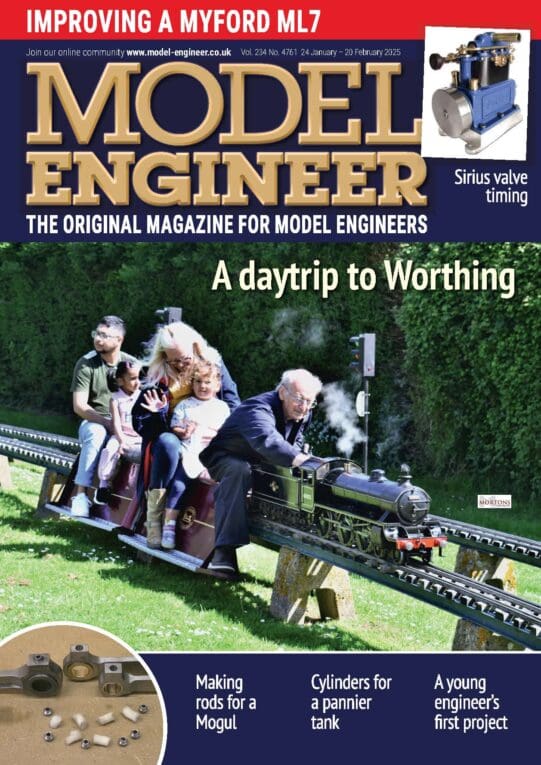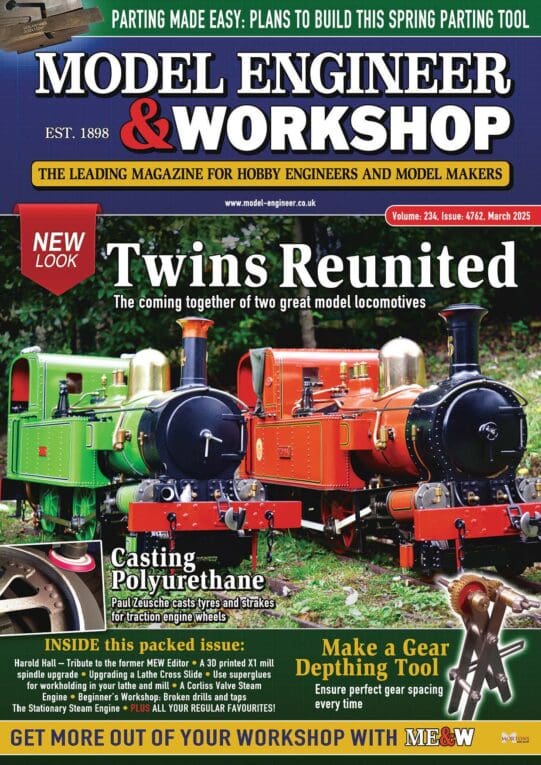On
12 August 2024 at 21:23 Vic Said:
However there is one serious shortfall with the specific example pictured. It is a grinder and the IEC inlet is facing upwards.
This means that dust and swarf can collect in the bottom of the inlet. This will eventually short out the pins and cause a big flash and bang.
Any IEC inlet should be level or ideally in a workshop with the opening facing down.
Robert.
Highly unlikely I believe, I think you’re being over pessimistic. If you look a bit more closely you might also notice the direction of rotation. I’ll also be using guards and extraction as I don’t want to be breathing in any particles.
Why defend an arrangement that’s clearly inferior Vic?
Robert points out that the position of the socket means it will collect dirt. He’s not making the issue up! The need to stop dirt collecting in electric systems was recognised in the 19th century.
Evidence and experience both support Robert’s warning. Dare I suggest that it’s unwise for an individual in 2024 to believe this well-known problem is ‘highly unlikely’ and to think Robert’s warning is ‘over pessimistic’.
Use of the word ‘believe’ should set alarm bells ringing. Beliefs are often based on ignorance, whilst engineering is based on knowledge.
Socketing tools is a good idea, but before retrofitting a socket consider its position might matter and identify other needs such as ingress protection. There might also be safety concerns: for example what happens if plugging in powers the motor up? In Vic’s grinder, he could be leaning over the machine, perhaps holding it with one hand, whilst fumbling with round the back with the other. Does the convenience justify the risk? Discuss…
Dave









